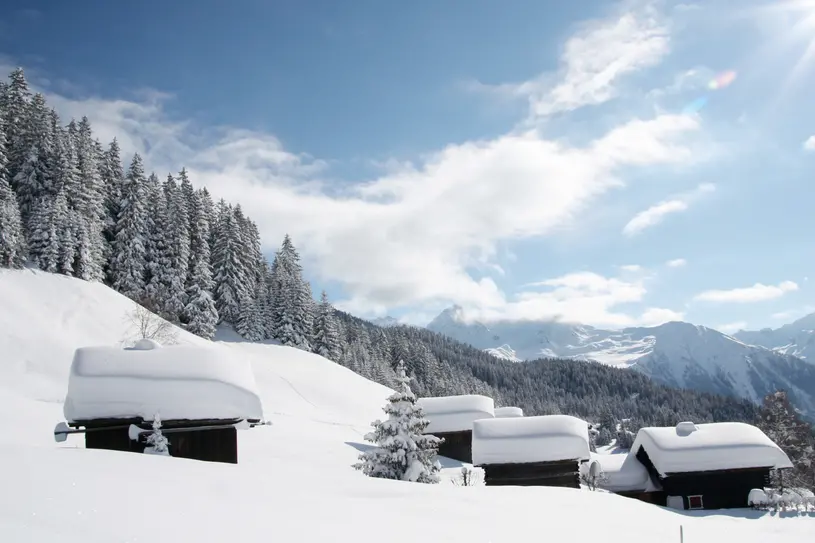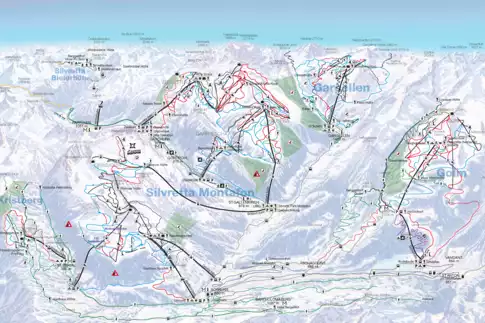What is a three-step agriculture practice?
With this special form of Alpine farming of hillside farmers, the entire vegetation of a habitat is used in an annual cycle. In spring, the family moves with the cattle from its own property in the valley to the middle level, Maisäß, for around four weeks. In the business of Oswald Ganahl, this task was taken on by his parents. “Three generations helped out in our business. Without working together, we would have had to stop the three-step agriculture practice a long time ago,” he explains. When the feed is finished at the Maisäß, the cattle go to the Alpine pasture in the summer under the care of the shepherds. With the arrival of autumn, this semi-nomadic drift takes place in reverse back down to the Maisäß and then downhill back home where winter is spent. “By following the feed up high, we can make hay in the valley earlier and more often. This makes the work in winter a lot easier,” says Oswald Ganahl, describing one of the few advantages of the three-step agriculture practice nowadays.
What was life like in a Maisäß [mountain hut] in the past?
Life in the Maisäß primarily meant arduous work. Mowing, milking, preparing cheese, mucking out, fertilisation and feeding all had to be done without mechanical support. Every blade of grass was valuable and the well-being of cattle often came before that of oneself. The small buildings hardly had enough room for all their inhabitants. There was no room for comfort. “Even during my childhood around 40 years ago we had neither a television nor a radio. We had to wash ourselves with ice-cold water from the trough in front of the Maisäß,” says Oswald Ganahl of bygone times. Despite this, the weeks at the Maisäß were particularly popular among young people. Contemporary witnesses speak of time-out from daily life. The work was not as difficult as that on the farm at home, and there was more time for other activities. Social evenings with neighbours, shepherds and hunters provided a happy distraction from the isolation. “We met with a different neighbour every evening. The community was simply maintained. It was a slice of heaven up there,” says Oswald Ganahl.
How has it changed?
The significance of the traditional Alpine pasture landscape changed with the structural transformation after the Second World War. Agricultural use fell sharply due to production pressure and rationing and made the Maisäß superfluous as a middle level in cultivation. Today, use for leisure and tourist purposes is at the forefront. Good access through freight traffic roads and cableways allows for comfortable standards, which were then reserved for the valley floor. Lovingly renovated Maisäß are now places of recreation and relaxation for locals and guests alike. “I only have great memories of my time at the Maisäß. It’s a shame that those times are now long gone. I’m almost sorry that young people today can’t experience it,” says Oswald Ganahl.




















